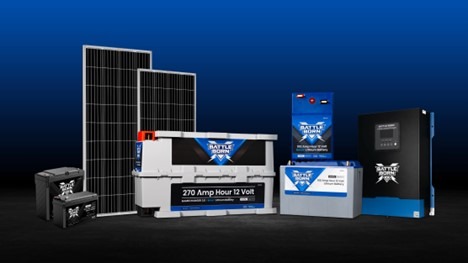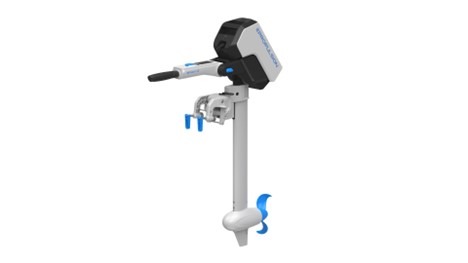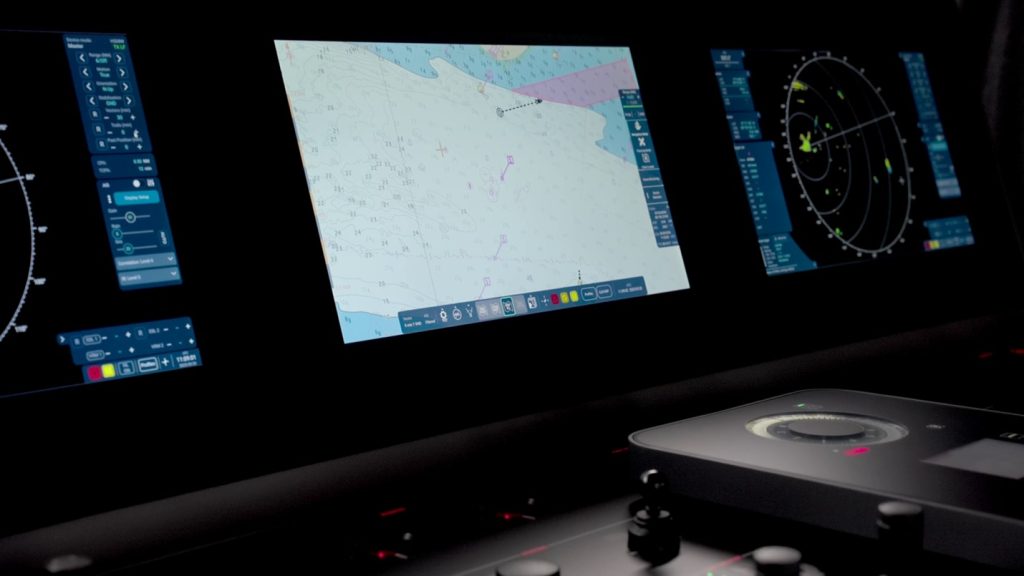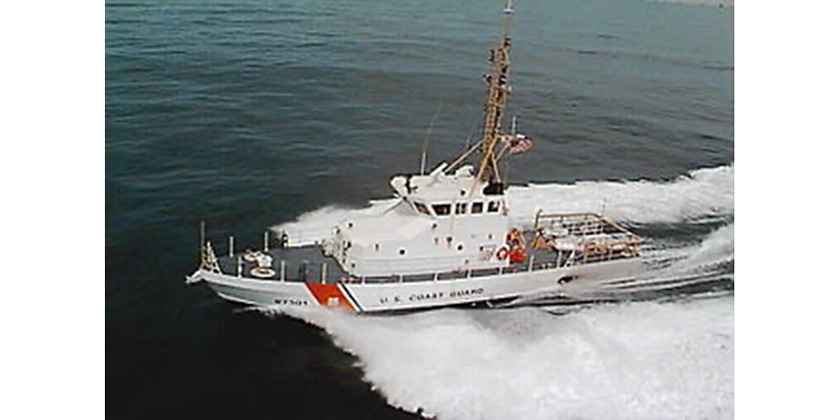MERCURY RACING REVEALS GAME CHANGING POWER FOR OFFSHORE POWERBOAT RACING COMPETITORS
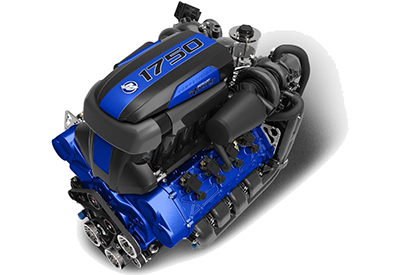
Feb 26, 2017
Mercury Racing’s new QC4v 1750 Competition sterndrive raises the bar of offshore powerboat racing. Producing an astounding one thousand seven hundred and fifty horsepower, the most powerful engine ever produced by Mercury Racing offers massive torque for unmatched acceleration and top-end speeds. The 1750 sports a bold new color package which differentiates it from its consumer QC4v siblings.
Solid Foundation
Designed, developed and manufactured in house, the 9.0 liter engine features Mercury Racing’s exclusive aluminum four valve cylinder heads and dual overhead camshaft valve train. The proprietary V-8 cylinder block is further packed with Mercury Racing designed and specified hardware.
The proven QC4v valve train, which greatly enhances engine performance and durability, enables the engine to produce an astounding 1,750 horsepower at 6800 rpm on 117 MON VP C16 race fuel. The engine’s 6500-6800 rpm operating range offers unsurpassed acceleration for its power rating.
New turbochargers provide greater airflow for enhanced power and torque. The enhanced torque equates to unparalleled acceleration, critical for powering out of corners in highly competitive closed course offshore powerboat racing.
Digital Throttle & Shift (DTS) provides luxury-car-like drivability. The DTS system also features one-touch Smart Start and automatic throttle synchronization. Zero Effort Digital controls provide an intuitive control experience – precisely signaling driver intent to the potent powerhouses.
The 1750 is close-cooled for more uniform temperature distribution. Closed cooling, combined with a ball bearing supported compressor shaft, enhances 1750 turbocharger performance and durability as well.
Engine temps are kept at bay with an all-new race-proven heat exchanger. Engine oil and glycol for the closed cooling system are routed around the engine via a series of tubes. The tubes are
encapsulated in a casting filled with sea water which serves as a coolant. The heat exchanger provides for a higher sea water flow rate for enhanced cooling. Offshore racers and ski racers appreciate Mercury Racing’s proprietary pulse-separated exhaust tuning which keeps turbos “spooled up,” virtually eliminating throttle lag and low-end torque deficit.
Advanced Electronics
The Propulsion Control Module (PCM), featuring Mercury Racing developed software, is the brain behind the brawn. Turbocharger boost is variable. A boost control valve, electronically activated by the PCM microprocessor, continuously adjusts the amount of boost needed to provide consistent horsepower.
The PCM also enables individual cylinder control. This ability to optimize fuel and spark timing independently for each cylinder enhances engine running quality, performance, fuel economy and durability. The use of eight independent ignition coils, one per cylinder, helps eliminate spark plug fouling.
Finally, thePCM drives Mercury Racing’s exclusive Engine Guardian System. Engine Guardian monitors engine functions to forewarn of possible problems that could lead to engine damage. This “smart” technology not only detects and alerts the boater of a problem; it also processes the data and reduces power to a maximum, safe level that allows the boater to continue operation with lower risk of engine damage. Engine Guardian relies on myriad of sensors from engine temperature to cooling water pressure to protect these mighty powerplants.
The 1750 comes equipped with a 95 amp charging system – providing an ample supply of power for an array of marine electronics.
Eight is Enough
When the 1350 was being developed, it didn’t take long to realize a larger, stronger drive was needed to handle the massive torque capabilities of the QC4v platform. Thankfully, the new drive was built to take that on and then some. The M8 drive and hydraulic transmission are designed to handle the 1750’s high torque and power levels – as well as endure treacherous offshore duty cycles. At the same time, the transmission, designed specifically for DTS, delivers smooth and consistent shifts.
The surface-piercing M8 gearcase, inspired by the legendary M6 drive, is two inches shorter to complement the lower engine profile. Lowering engine mounting in a boat results in a lower center of gravity for improved boat handling and overall performance. The M8 drive features the race-inspired twin pinion gear shaft design. First patented by Mercury for outboard racing back in the 1950s, the innovative design splits the torque load for a higher power capacity while maintaining a slim, surface piercing gearcase shape for maximum efficiency. The forged lower gears, are larger and even more robust than those used in the world champion M6. Like the M6, the M8 is dry-sumped for maximum efficiency and power output.
Power to the Water
The massive torque and power output of the new 1750 is transferred to the water via Mercury Racing’s Pro Finish 5 & 6-blade CNC sterndrive propellers.



